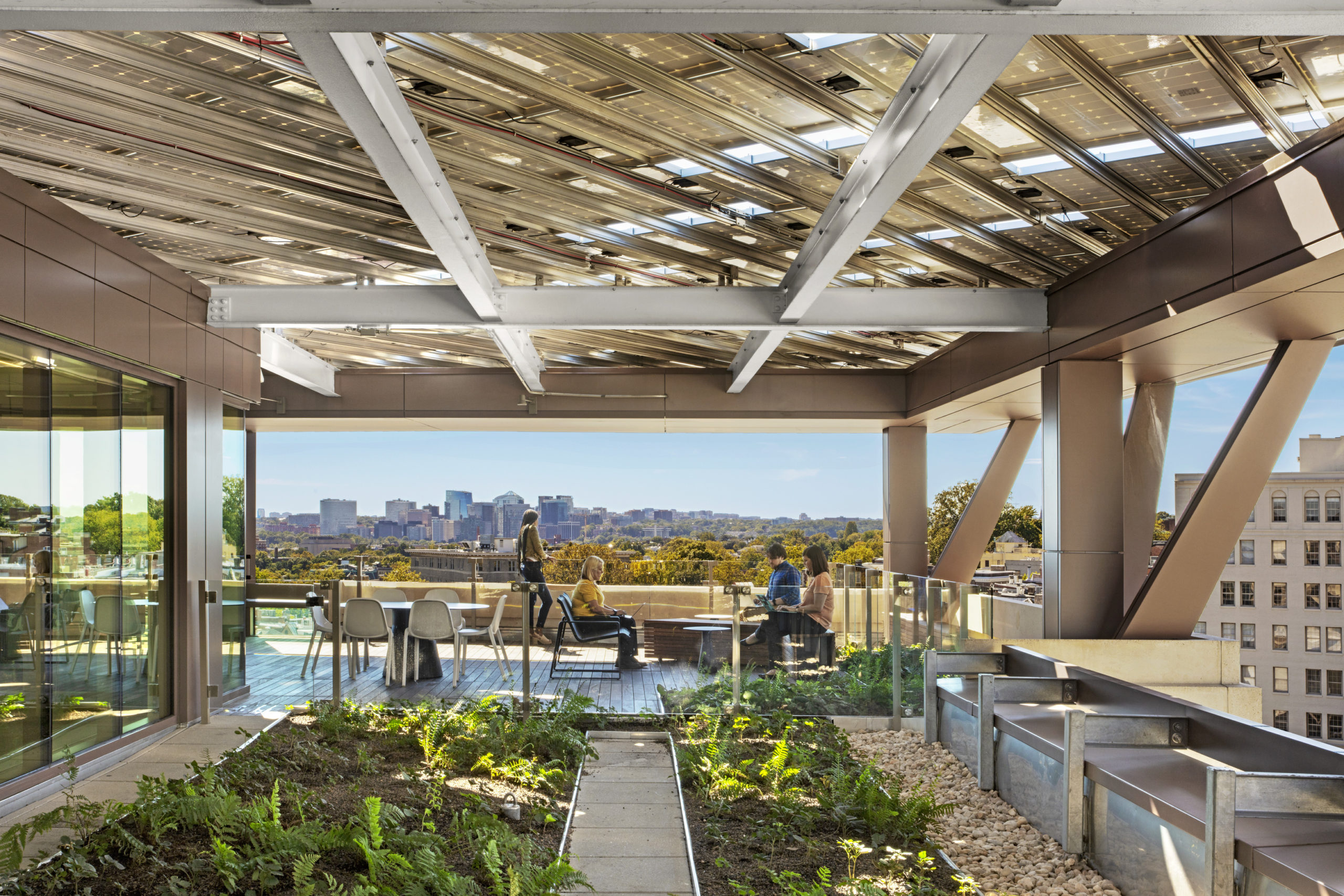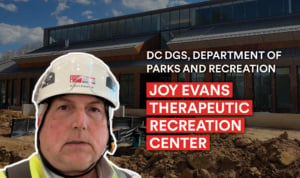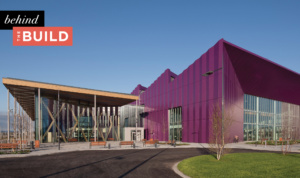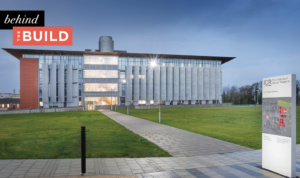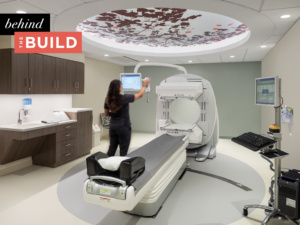Behind The Build: AGU Headquarters
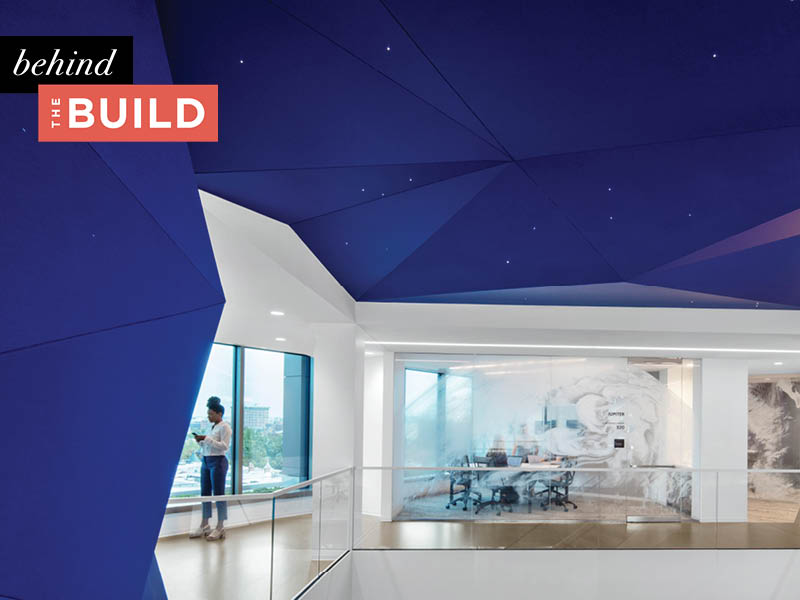
MGAC was founded with the promise to take on the most interesting and challenging project ideas and make them a reality. Getting there is a matter of a million small steps, countless conversations, a multitude of carefully-calibrated decisions that take place between day one and that long-awaited project delivery day. Those are the moments that make a project. We’re revisiting them as we delve into the ways our talented, passionate team makes each of our projects possible. Today, we go Behind The Build and revisit our work with the American Geophysical Union (AGU).
Here at MGAC, we have always known that a building can be so much more than brick and mortar. In 2013, that very idea inspired the leaders at the American Geophysical Union (AGU), a not-for-profit scientific organization dedicated to the advancement of earth and space science, to undertake a visionary, precedent-setting project. At the time, the space AGU had called home for two decades was aging, and the organization faced a decision: find something new, or put in serious work in order to stay put. They saw an opportunity in that second option and the board of directors commissioned a study of their 62,000-SF, circa 1994 headquarters building to see how they might be able to take the existing structure into the future. If they could pull it off, AGU would be able to use their space as a daily demonstration of their own unwavering commitment to sustainability. And with that idea in mind, the project—and our work—began.
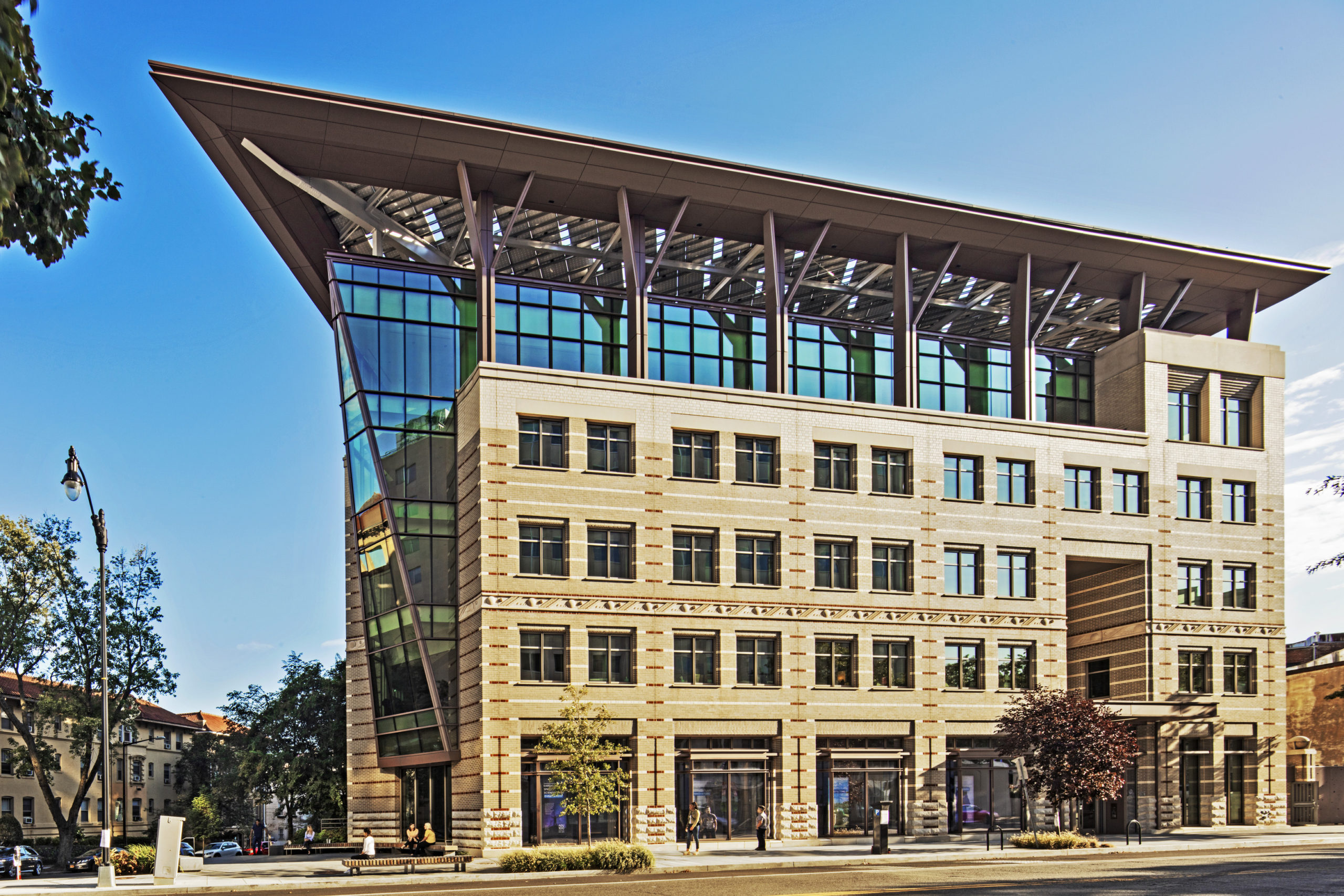
A PASSION PROJECT BACKED BY A PASSIONATE TEAM
AGU’s mission is of “advancing science and its power to ensure a sustainable future” served as the cornerstone of the work throughout—and that work certainly was cut out for us. Early on, the goals we’d be working toward were laid out plainly: we needed a space that was every bit as inspiring and hardworking as team AGU, and, on the technical side of things, we were shooting for a building that would be Net Zero. In other words, the total amount of energy used would need to be less than the amount of energy created on-site. We would be the first in D.C. and the greater Mid-Atlantic region to attempt this through a renovation project.
Building for Net Zero, in any circumstance, is no small feat. In a renovation build, it’s even harder. And, when you’re the “first” to do anything, that work carries a high profile. In every way, the bar was set high, and reaching it would take giving it our all, every day.
At MGAC, we’ve been known to take on a challenging project or two, but what drew us to this one, in particular, was the energy, the excitement, and the passion AGU brought to the table. They could have easily moved into a new office building or made baseline functional renovations to their headquarters to keep things status quo. Instead, they saw an opportunity to make the moment mean something, not only for themselves but for others. Ultimately, they hoped that by doing this work they could create a blueprint for other organizations to follow suit, to be able to say, “If we can do this, you can too.”
Knowing we’d have the honor of playing a role in creating a greener future was all we needed to champion the cause ourselves. We were all in, and fortunate enough to work alongside a great team who shared that spirit. Hickok Cole was the architect. Interface Engineering served as the engineering team. HITT Contracting served as GC. It was by every measure a solid team, made stronger by a shared commitment to the work.
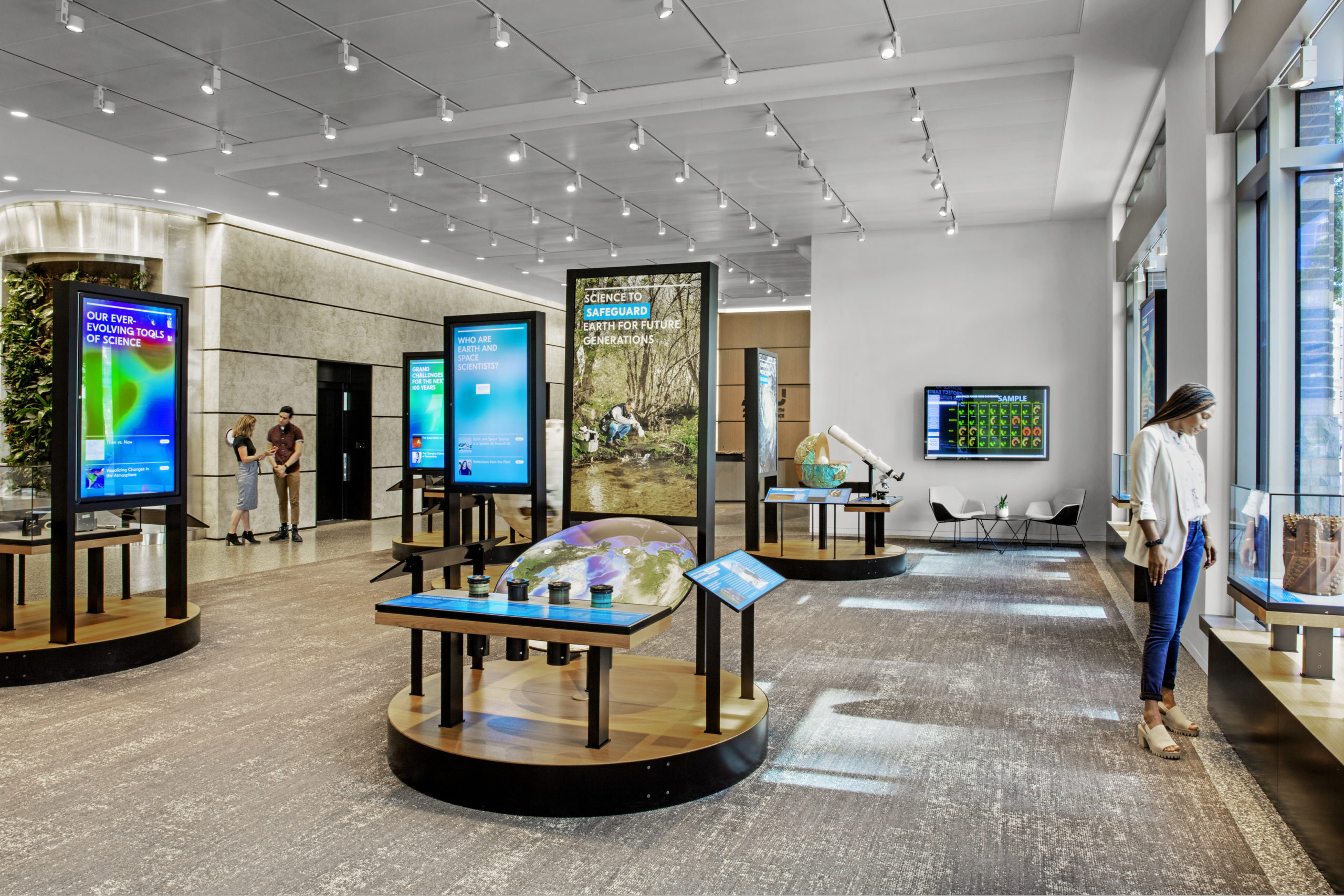
A BIT OF LIGHT READING AND INNOVATIONS GALORE
For this project, our team was engaged to provide project management, cost management, technology solutions, and FF&E procurement services. Wrapped up in all of this work was the inherent, sweeping novelty of it all—estimating for, scheduling for, overseeing, and meeting the needs large and small for things that simply hadn’t been done before. Getting that right meant we needed to understand—and appreciate—the many moving pieces of the project. Since our team isn’t one that stands on the sidelines, we really had to roll up our sleeves from the jump to meet a pretty massive learning curve.
To pull off the Net Zero goal, a lot of hyper-technical, remarkably inventive things needed to happen. The list of innovations is a long one, but there were a few that were particularly ambitious. The five-story building is outfitted with almost 1,000 SmartGlass windows that can self-adjust tints as a response to sunlight to optimize natural light and energy. The entire footprint of the building is covered in photovoltaic panels—something never before seen in D.C. Those 700-plus PV panels create a direct current that can be delivered to low-voltage devices, like LED lights and laptops. Stormwater collected on the green roof helps supply the restrooms with water. A six-story hydroponic green wall works with the building’s HVAC system to reduce energy loads and improve air quality. And, to top it all off, we needed to tap into the city’s circa 1890s sewer lines as a method for heating the building.
We’re often diving into the unknown in our world, but this project is certainly one that came with extra homework. Behind AGU’s passion for the project was serious study. In the interest of documenting the process, the team had authored dozens of white papers on all the science behind the build. To ensure we understood all the moving parts—why each innovation was worth the time and cost, what was needed to make each happen—we spent a great deal of time on-site with the thought leaders at AGU, asked lots of questions while meeting with vendors and, yes, read quite a few white papers along the way. We even wrote our own. In the end, that extra work enabled us to bridge key conversations between architects and civil engineers, window installation teams and green wall experts, contractors and data scientists.
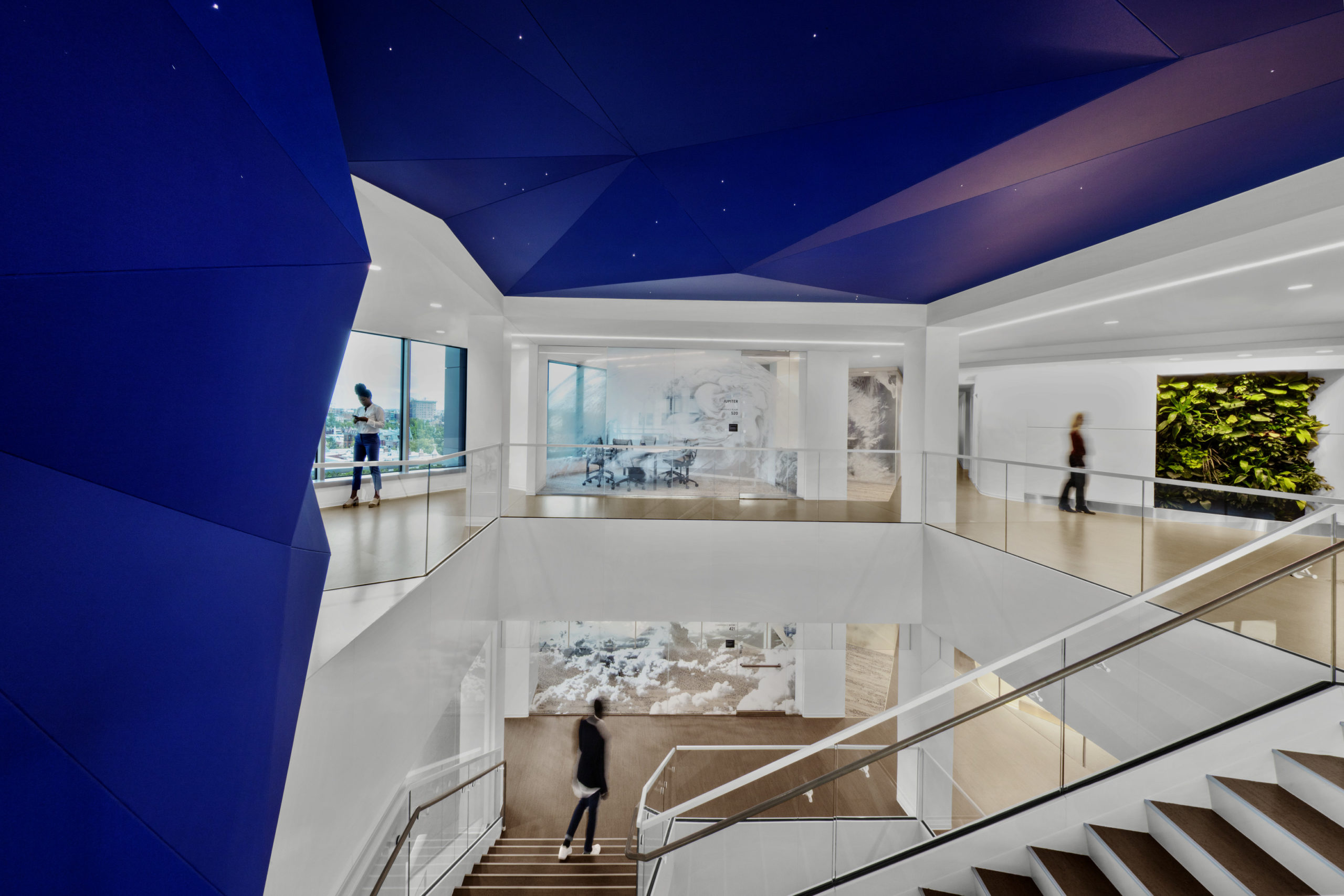
LEAVING NO STONE UNTURNED
Beyond the technological and mechanical implementations meant to reduce energy consumption, reclaiming and reusing existing materials was a key piece of the sustainability effort. All of the existing furniture was cataloged and assessed for reuse viability. Beyond that, virtually every object in the space—everything from doors and cabinetry to fire extinguishers and frieze panels to exit signs and toilets—was evaluated for reclamation. Whenever possible, existing materials were given a new life in the renovation. Some pieces returned to their original use, others found new homes within the five-story building, and some underwent larger, more creative transformations.
Whereas most project teams working on new restroom facilities wouldn’t think twice about disposing of old toilets, in this build, the porcelain itself was viewed as a valuable raw material. Today, fragments of that porcelain can be found in the lobby terrazzo flooring and within the tabletop of the headquarters’ main conference room. Also in the lobby, visitors will see a stonework compass rose that was preserved and re-installed into the floor. On the exterior, roughly 5,000 bricks were saved and cleaned for reuse in the renovated walls. Items that didn’t find a second life in the renovation were donated when feasible.
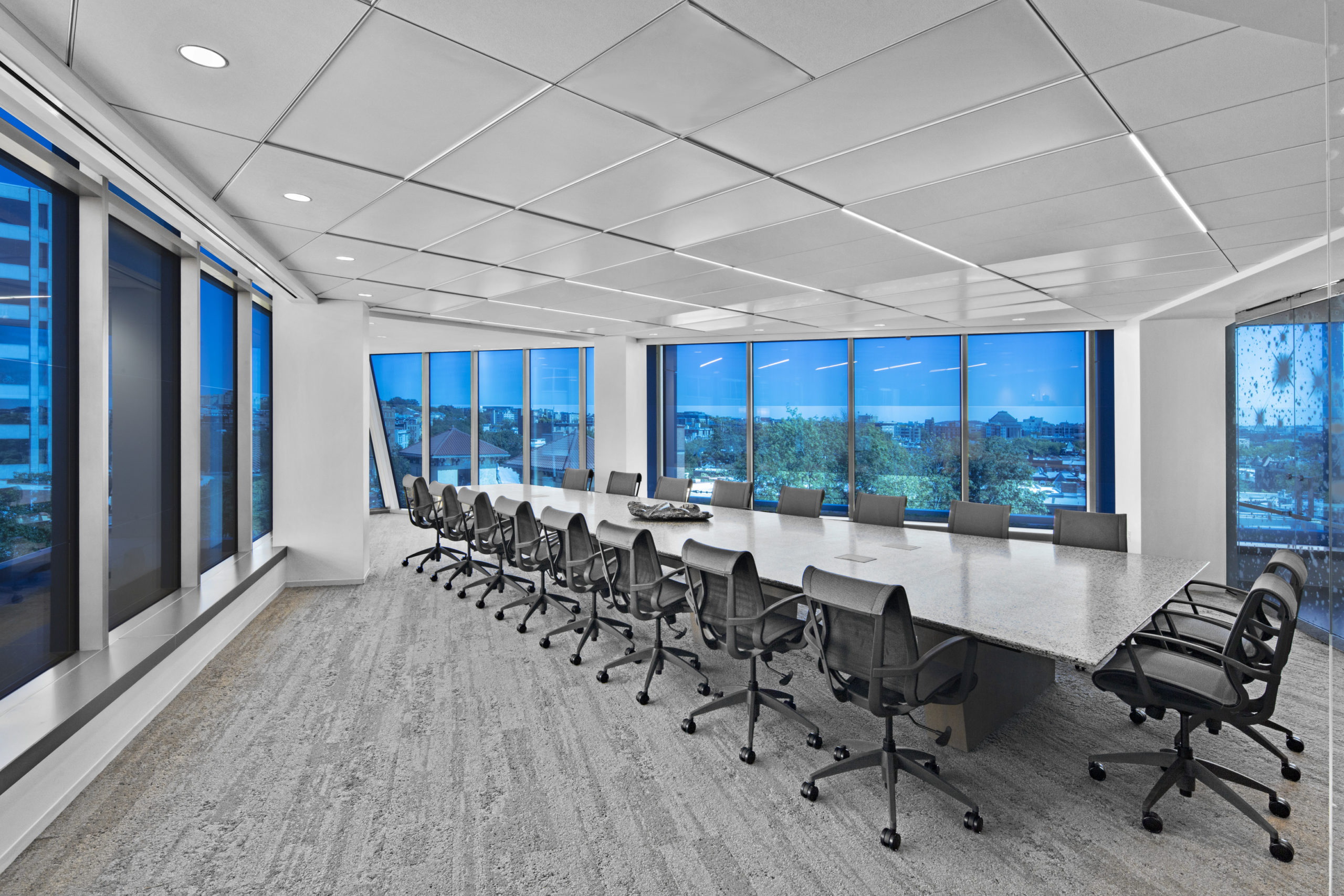
IF WALLS COULD TALK
Perhaps one of the most unique features of the completed project is the space’s ability to take visitors behind the scenes of the build. In many ways, the walls do talk—and they have quite a lot to say.
Visitors can follow a thoughtfully designed tour route that displays the space’s Net Zero features. The lower level of the building, in particular, offers a fantastic opportunity to see the inner mechanics of the headquarters at work with data displays that update in real-time.
In every way, the building displays a delicate and successful balance between science, design, and function. It exists as a beacon for sustainability and progress. It raises—and pushes further—the conversation on green building practices. It’s won awards, it was recognized by the mayor, and its blueprints and teaching materials are being used across the globe so that others can confidently take on ambitious green builds. It’s impossible to overstate the impact this one project will have on the future, and we are so thankful to have been a part of it.
